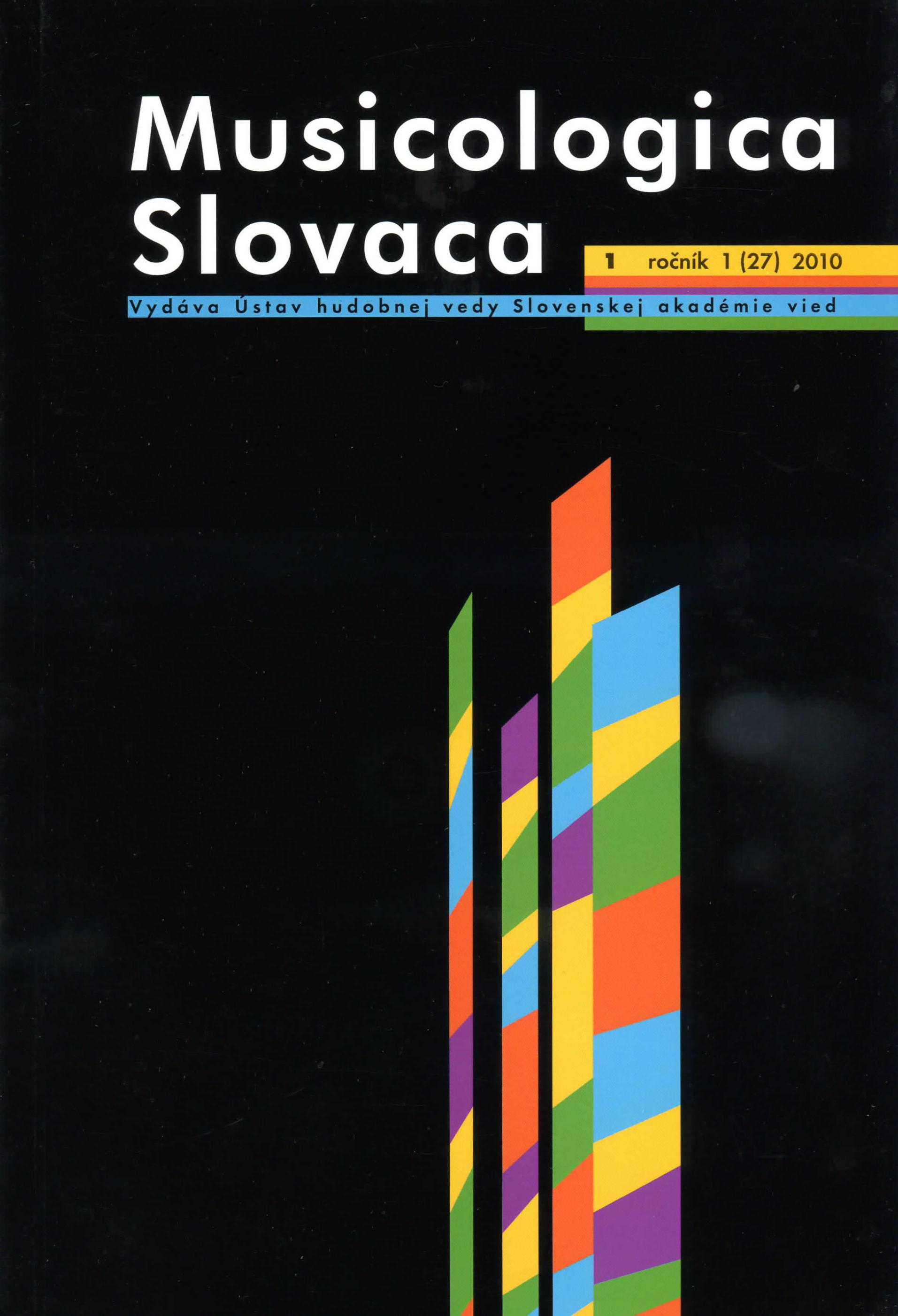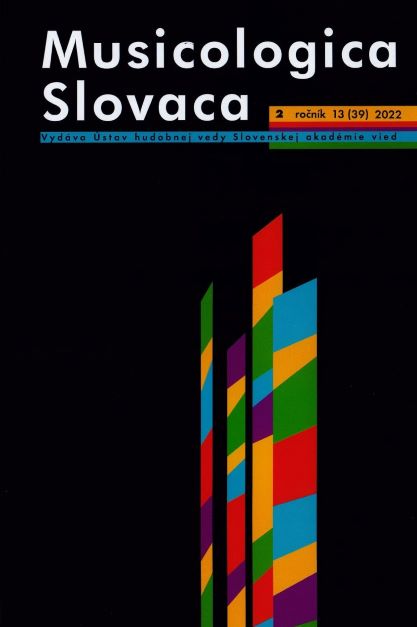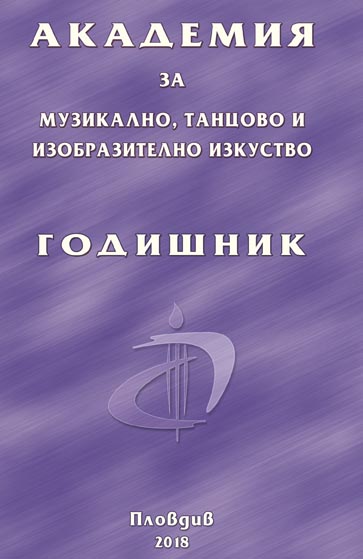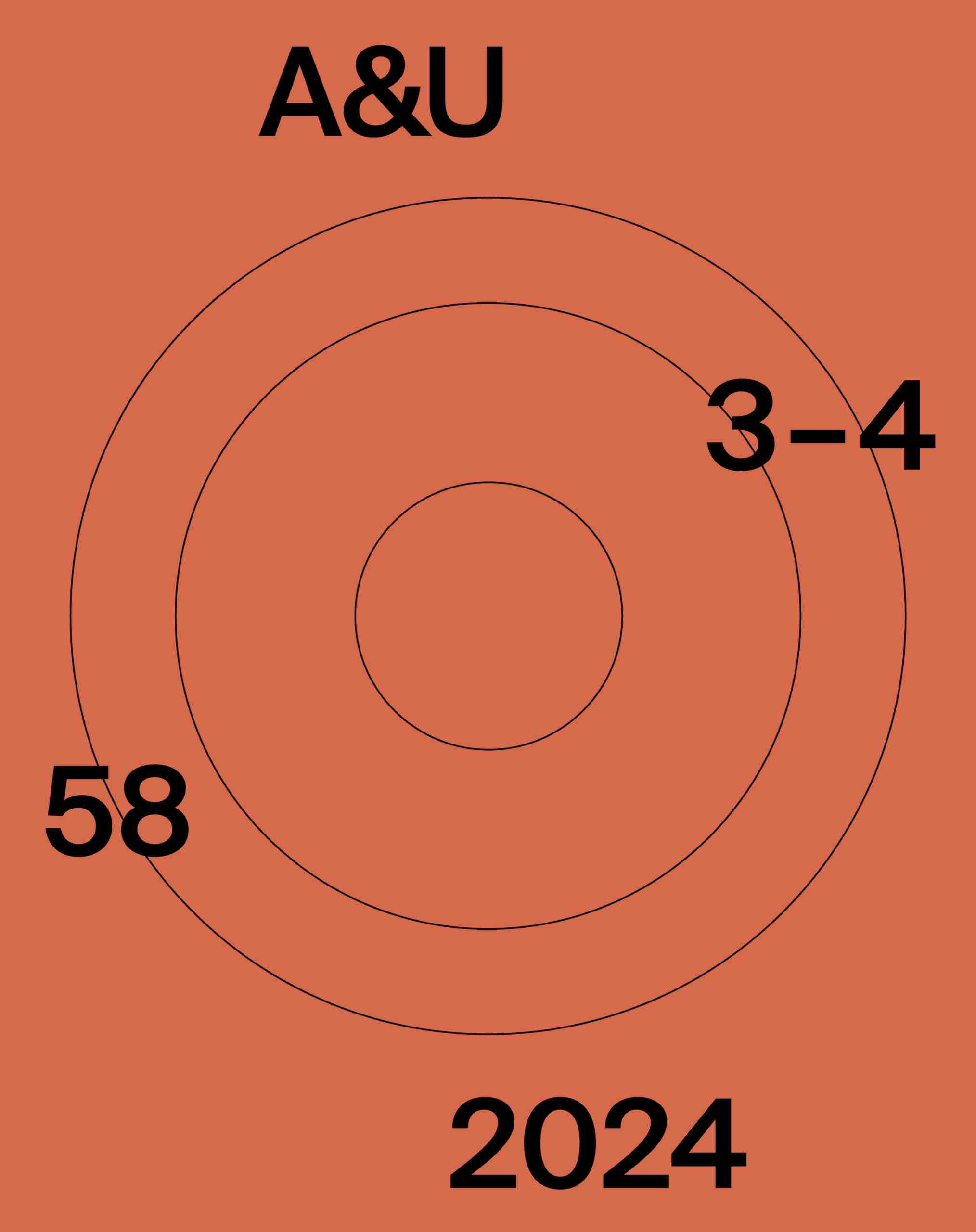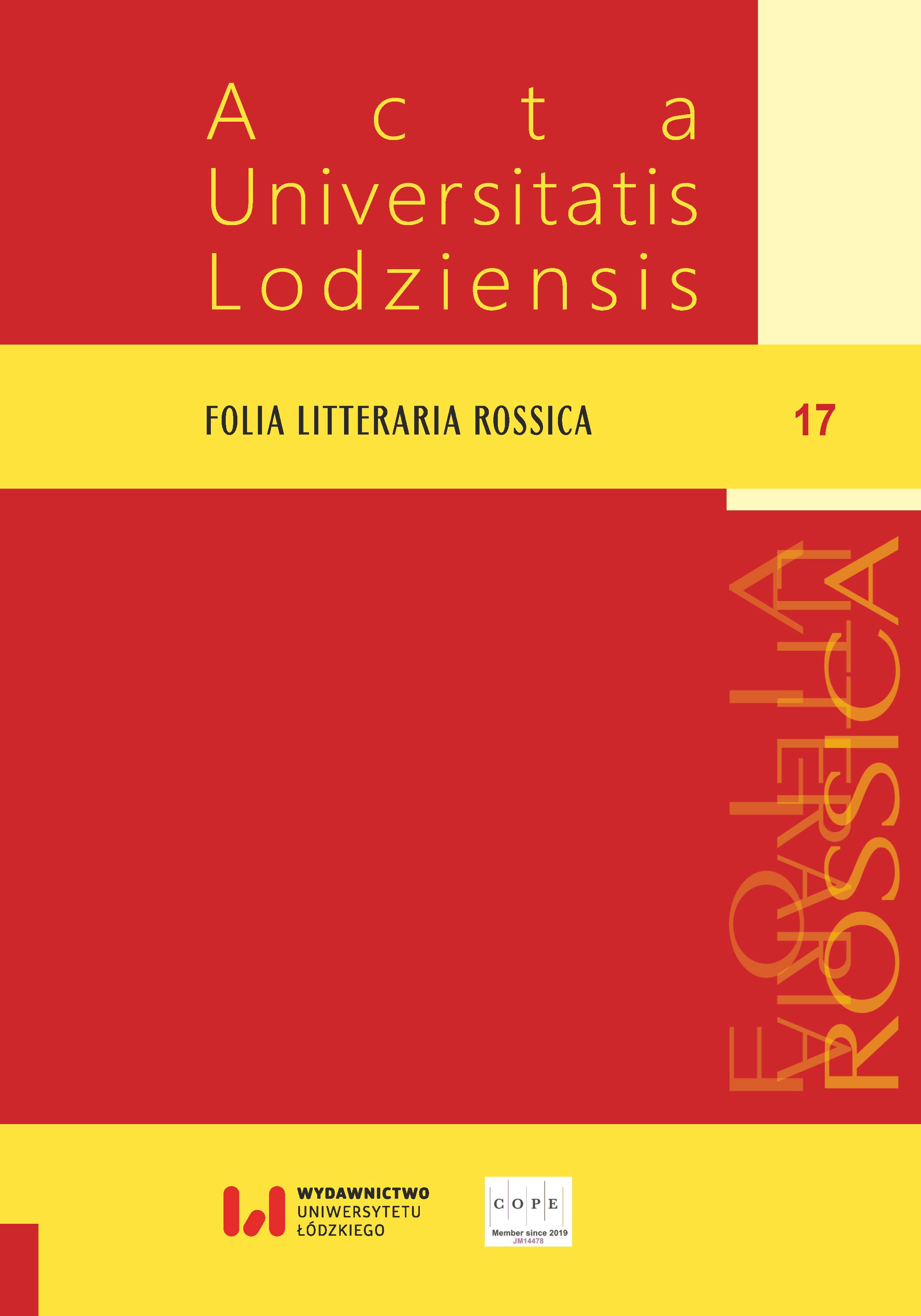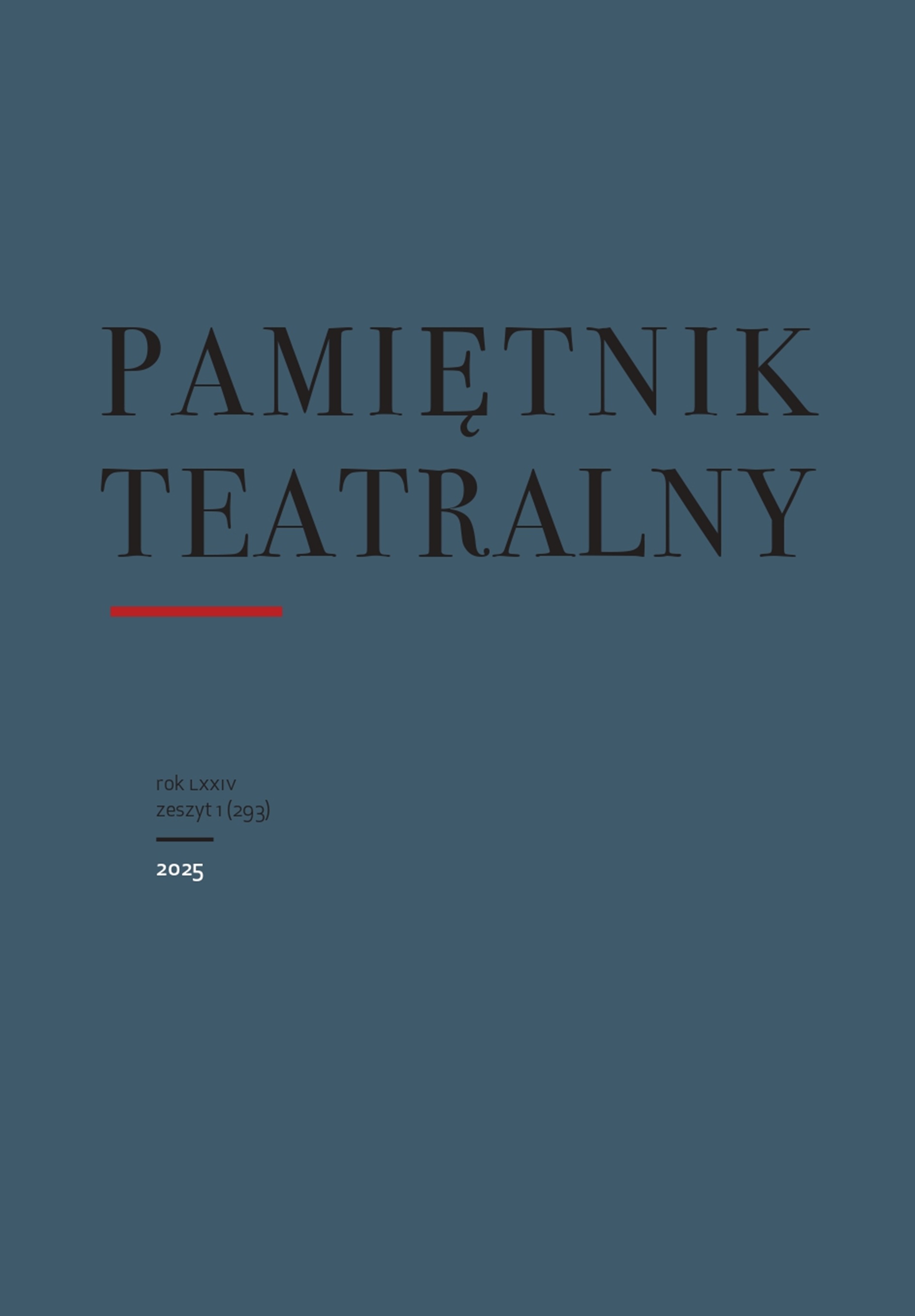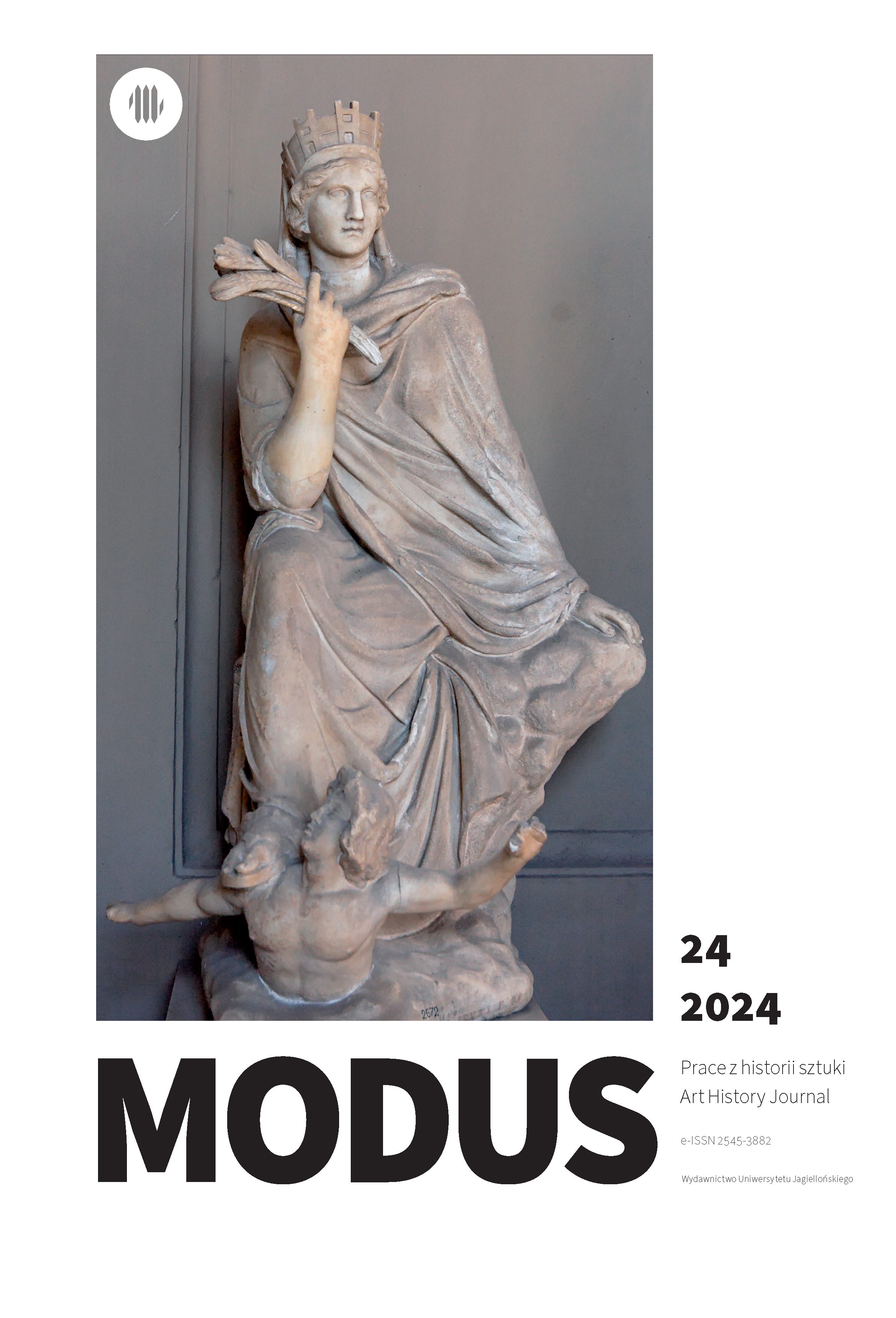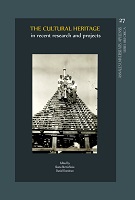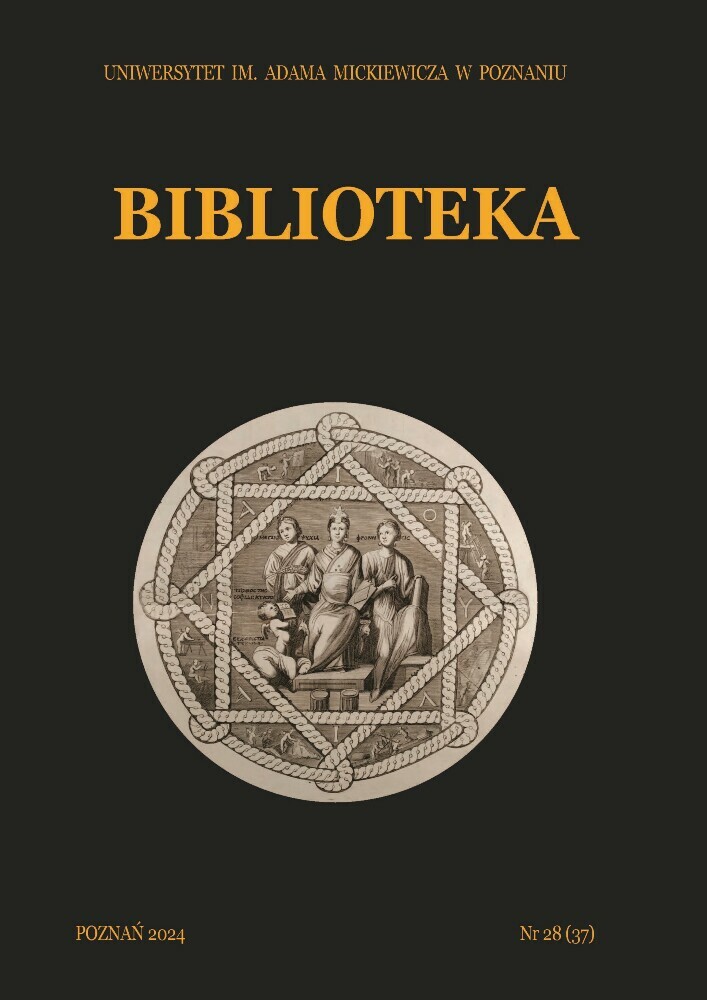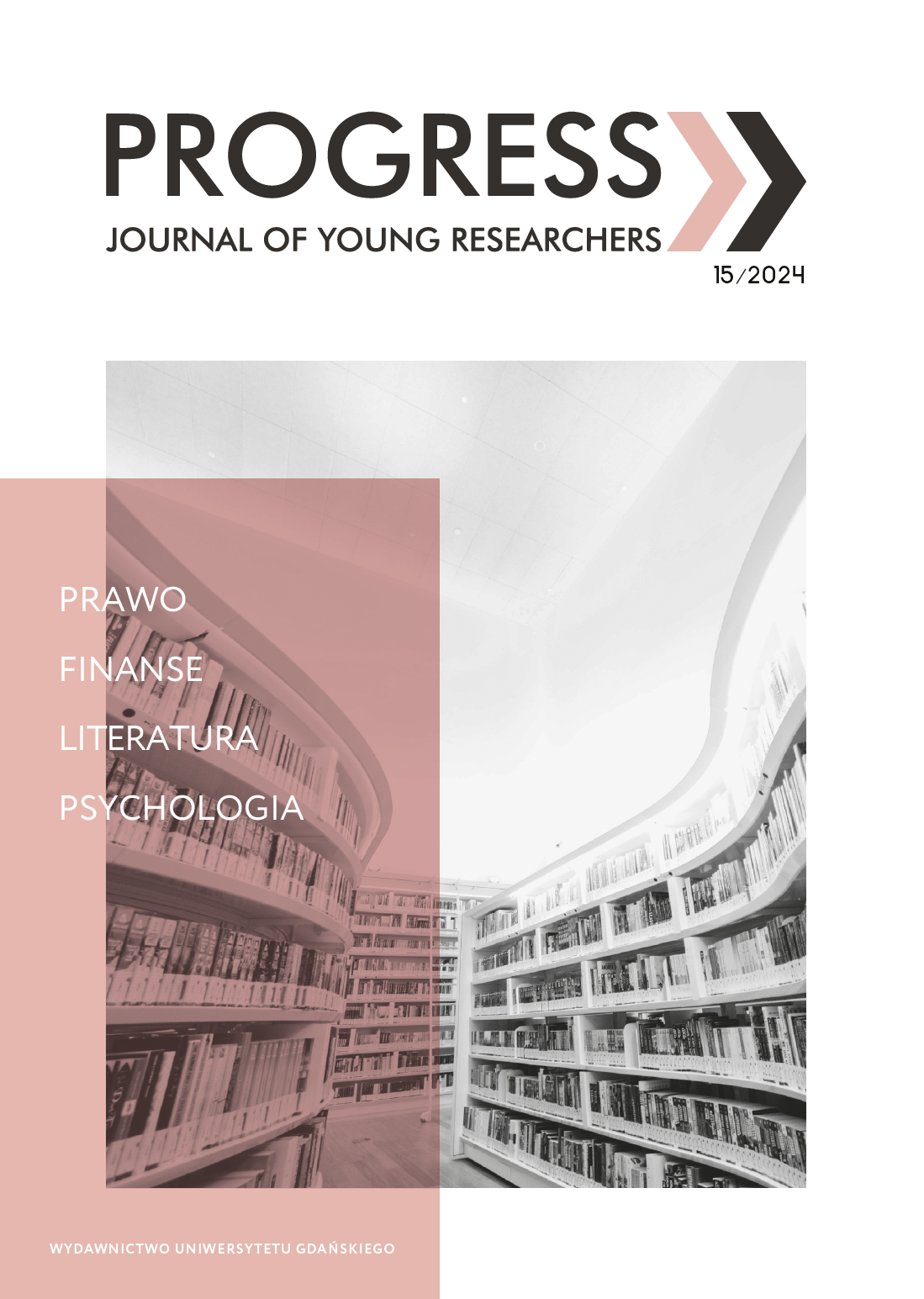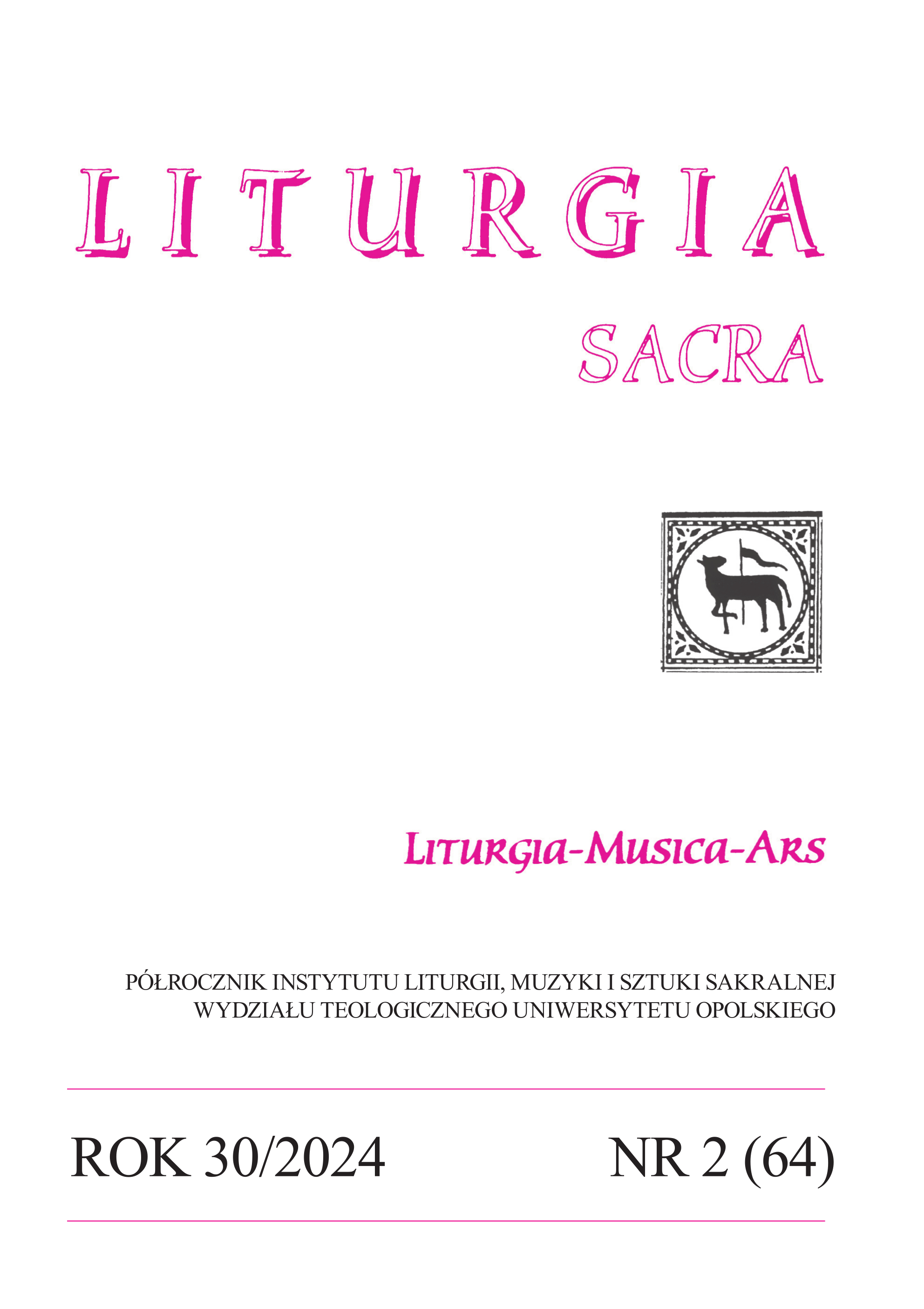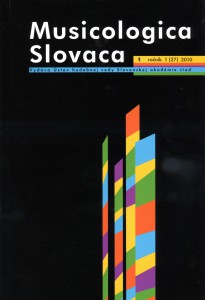
Dobroslav Orel a slovenská hudobná historiografia (česko-slovenský kontext)
The musicological work of Dobroslav Orel (1870–1942) covers a wide range of activities in thefield of musical historiography. He is closely linked to the establishment of the MusicologicalSeminar at the Philosophical Faculty of the Comenius University in Bratislava (1921); he alsoestablished a research center for heuristic research of musical sources preserved in Slovakia.The work of Professor Orel is described and reflected on by his disciples – Konštantín Hudec,Antonín Hořejš, Zdenka Bokesová-Hanáková, as well as by the later generation of Slovakianmusicologists – Jozef Kresánek, Ladislav Burlas, Richard Rybarič, Ladislav Mokrý andothers. The goal of this contribution is to provide an outline of his research into the ancienthistory of music as reflected in the works of Slovakian musicologists, as well as assessing hismethodological points of departure from the perspective of the present state of musicology.
More...
